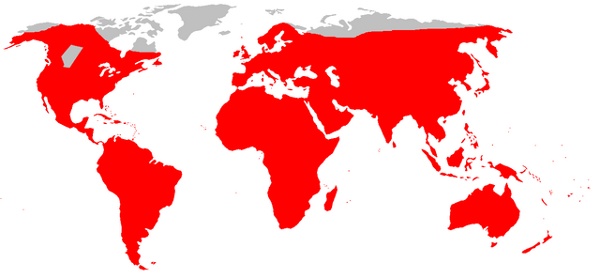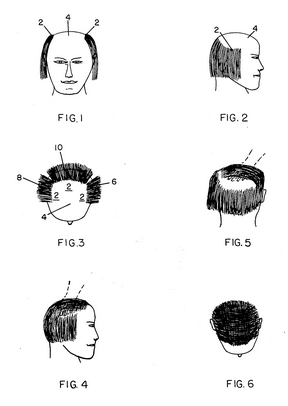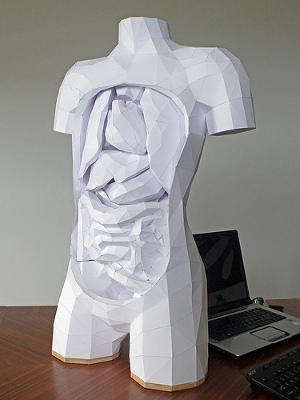
Rats have pretty well overrun the globe, but there’s one exception: Alberta, Canada, which has waged a successful war against the critters for 50 years. Owning rats is forbidden to Alberta residents; they can be kept only by zoos and research institutions. The province maintains a rat control zone 600 kilometers long along its eastern border, staffed by eight professionals, and any rats they find are poisoned, gassed, or shot.
“Alberta is the only province with rat-free status, and we take this very seriously,” Verlyn Olson, minister of agriculture and rural development, said in an August statement. “We have lived without the menace of rats since 1950, when our control program began.”
But it’s a constant battle. In 2003 pest specialist John B. Bourne told National Geographic that he worries the wily creatures will hitch a ride to the interior aboard a truck or train. “They are so adaptive, so intelligent, so successful and physically capable … that it would not surprise me if they show up in a place where you’d least expect a rat to show up. I have the greatest respect for this rodent’s resourcefulness, and [its] capabilities scare the hell out of me.”





